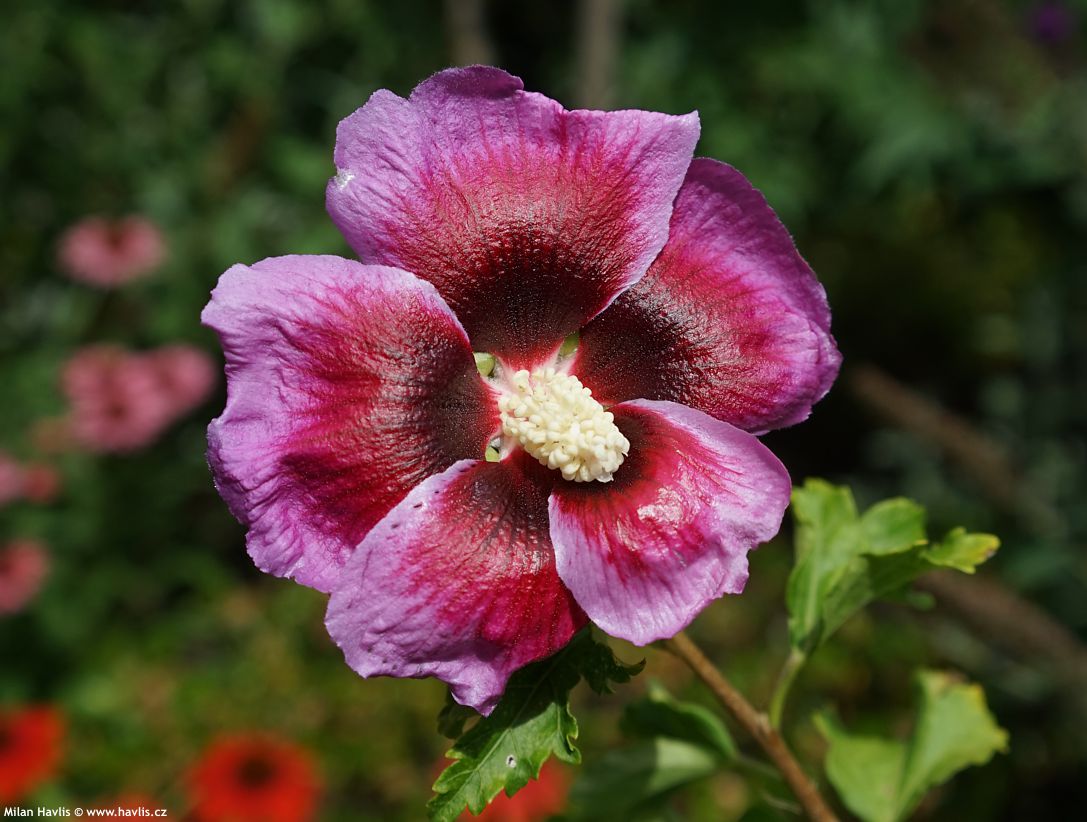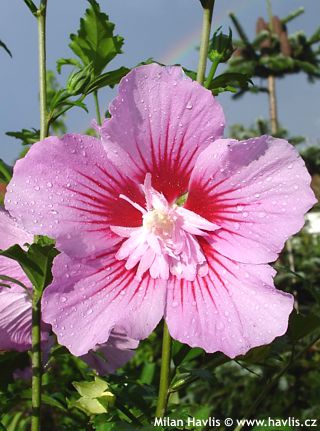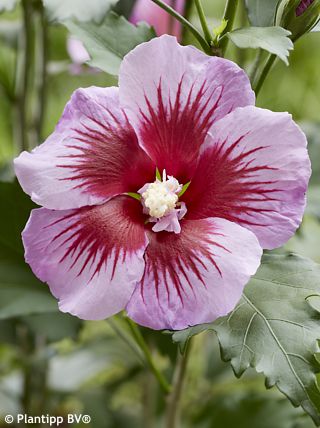Hibiscus ‚Walhiecli‘ WALBETRON’S® LUNAR® ECLIPSE hybrid Rose-of-Sharon


Hibiscus
Hibiscus syriacus is a deciduous shrub from the mallow family (Malvaceae), native to East Asia – especially China, Korea, and India – and one of roughly 300 species in the genus Hibiscus. It reached Europe as early as the late 16th century, with the first recorded cultivation dating back to 1596. The species was scientifically described by Carl Linnaeus in 1753 in his work Species Plantarum. The specific epithet syriacus refers to the fact that the first specimens he studied came from gardens in Syria, although the species does not grow wild there. Interestingly, in South Korea it has become the national flower and a symbol of perseverance, even appearing in the national anthem. I still reckon that it deserves much more attention than what is actually gets because with its long summer flowering in a range of colours that can brighten any garden, I consider it an essential part of a blooming summer garden.
Its common English name says Rose of Sharon, a poetic name borrowed from the biblical Song of Songs (2:1), where the speaker declares: “I am the rose of Sharon, and the lily of the valleys.” The original Hebrew term referred to a flower growing in the fertile Sharon plain in what is now Israel, but it was almost certainly neither a rose nor a hibiscus. To this day, botanists and historians have not agreed whether it was a lily, narcissus, tulip, or crocus. Yet translations into European languages preserved the name “Rose of Sharon”, and over the centuries it came to be applied to different plants in various parts of the world – for example, in North America to Hibiscus syriacus, and in Britain sometimes even to Hypericum calycinum. This variety of usage is a simple cultural “translation shift”: people attached a familiar, poetically resonant name to plants in their region that resembled the original biblical flower – in appearance, flowering season, or symbolism.
If you have known Rose-of-Sharon for many years and think nothing could surprise you, lo and behold — before you stands this beauty. The special Walberton’s® Lunar® series looks as if it had slipped out of a tropical glasshouse into an ordinary European garden — and yet, for all its exotic air, it is reliably hardy to our Central European climate and winters. It was created as a daring interspecific cross between Hibiscus syriacus and Hibiscus paramutabilis, combining vigour and toughness with elegance, large blooms, and colours that seem almost unreal. Behind this discovery stands David Tristram, a respected British breeder who began his ambitious programme of targeted hybridisation back in the 1980s. He is also the founder of Walberton Nursery (1973), a nursery renowned for its innovations and botanical curiosities. In our region, their double-flowered azaleas are especially well known.
WALBERTON’S® LUNAR® ECLIPSE is a hybrid hardy hibiscus with a flower of tropical allure measuring around 15 cm across. Deep magenta petals are marked with a dark ruby red eye that bleeds into two-thirds of their length. A prominent, pale cream column of styles and stamens – typical of the mallow family (such as malva or hollyhock) – adds a dramatic focal point to the bloom, reminiscent of a drawn rapier. Growth is moderate (20–30 cm annually), reaching around 2 m in height, and occasionally more under exceptionally good conditions. The shrub has a somewhat open, “untidy” habit – an easy flaw to forgive given the splendour of its flowers. The variety is protected by US plant patent No. PP36,618 from 2025.
It has very decorative leaves that are unique. They are shallowly lobed, palmate, mid to dark green and coarsely toothed. If they turn yellow in summer the plant manifests too much water at the roots. They are either over-watered or planted in too heavy soil where it has not established yet.
Pruning is an issue that always gets me started here. Hard pruning leads to larger flowers, that's true, but also production of long, immature, flexible twigs. The only cut I recommend is such that rejuvenates old plans – prune it hard in early spring by 50-75 % and let it grow for another 10 years or so. Rose-of-Sharon is quite adaptable of soil type. It can take drought but does not look good if dry for too long. It loves moisture fully established plants thrive on occasional flooding in summer, but you cannot transplant it into standing water. Old plants dislike peat. Selective fertilizers enhancing flowering are convenient but not crucial. Place it in full sun only. Fully hardy to min. -25 °C (USDA zone 6) and not suitable for pots.
Last update 13-08-2025
Goods are shipped all over Europe. For Russia and U.K. and for further details please read about SHIPPING OPTIONS HERE.
Are you interested in a serious discount for orders NOV-FEB? Check your options here.
THE PRICES INCLUDE VAT of 15%. For quick conversion you can use 1 CZK = approx. 0.04 EUR
- STANDARD QUALITY - Plants of this group are 1st class quality with number of branches and overall density adequate to their size and age, considering they were container grown.
- DE LUXE QUALITY - This label guarantees a luxurious quality of manually selected plants that, compared to their height and age, are exceptionally dense and beautiful.
- EXTRA - These plants are usually mature and bigger specimens with exceptional overall appearance.
- STANDARD (as described in the plant form) means a tree with a trunk of 190-210 cm and a crown at the top, unless specified differently. The commercial size for trees is their girth measured in the height of 1m from ground.
- HOBBY - These plants are of the same quality as our standard-quality plants but younger and therefore cheaper.
- SHRUB - a woody plant with branches growing bushy from the ground level.
- HALF-STANDARD or MINI-STANDARD - a small tree with shorter trunk, its size is usually specified.
- FEATHERED - These are trees with branches growing already from the base of the trunk and up along the stem.
- GRASSES and PERENNIALS - Sizes given usually read the diameter of the pot or the clump, as specified.












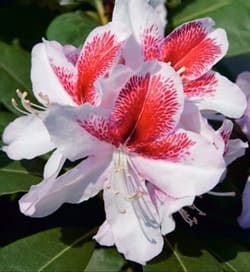



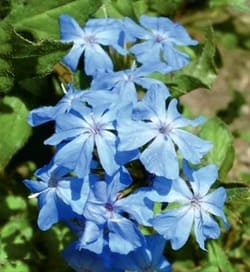
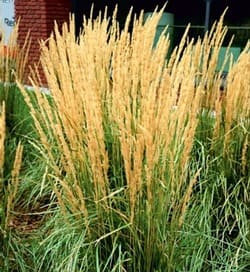
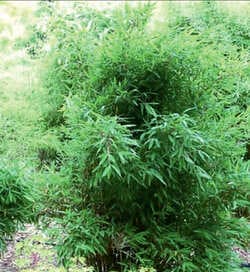
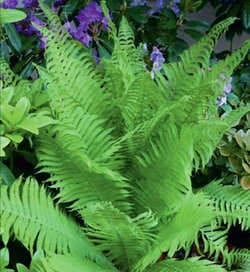





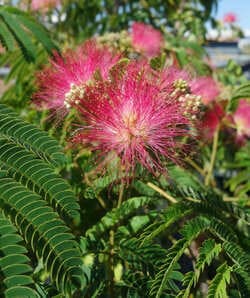
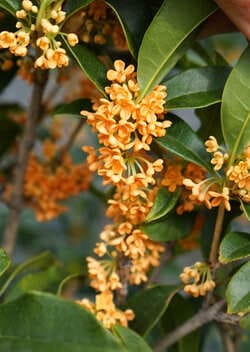






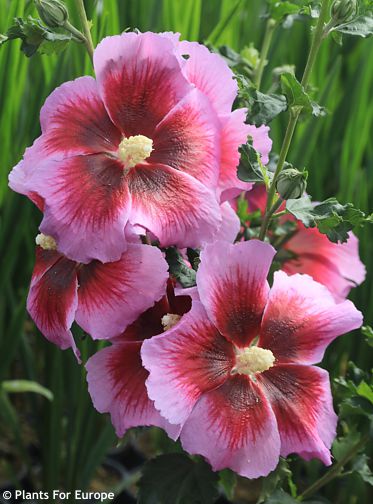
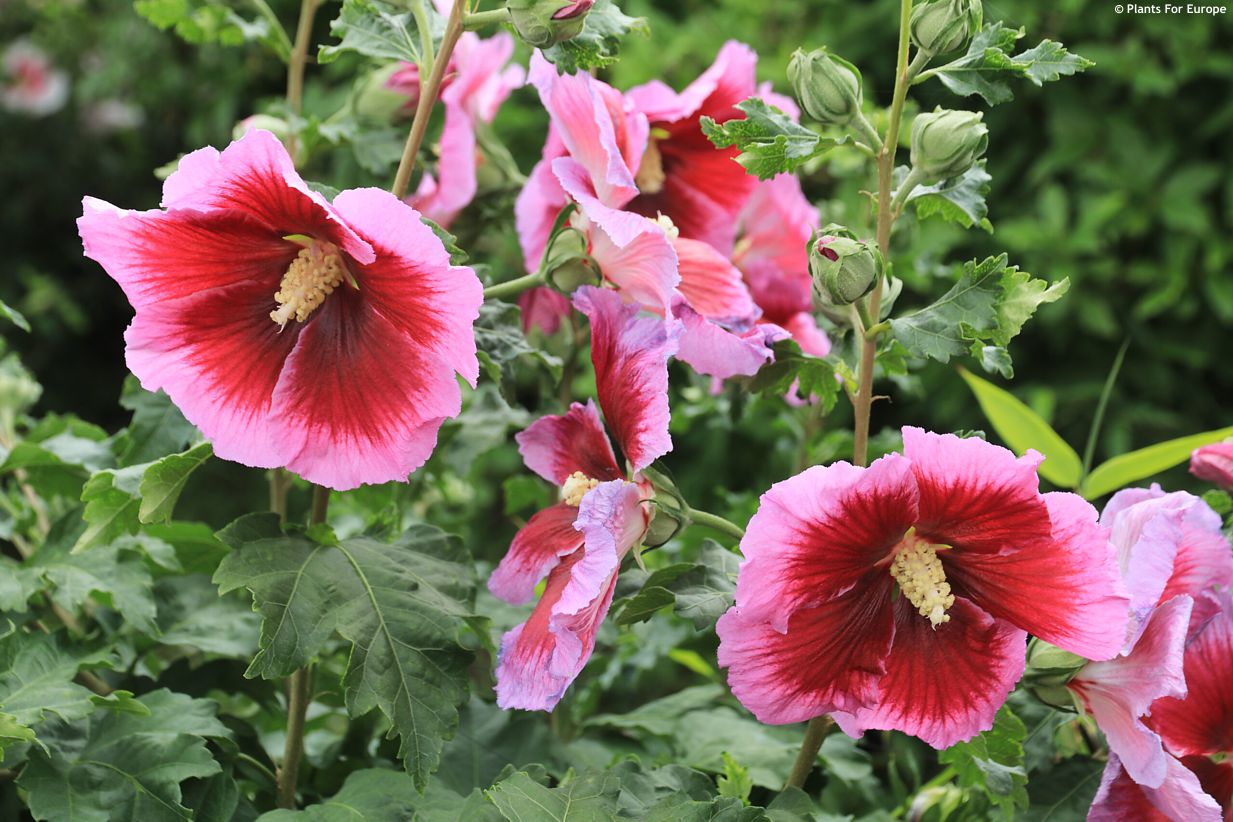
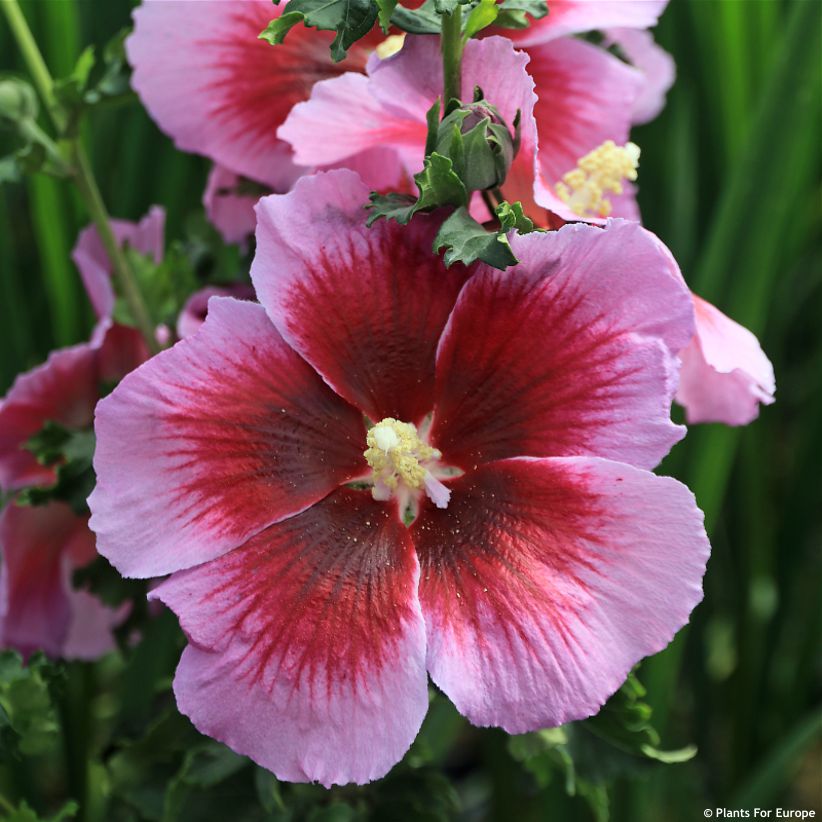
.jpg)
